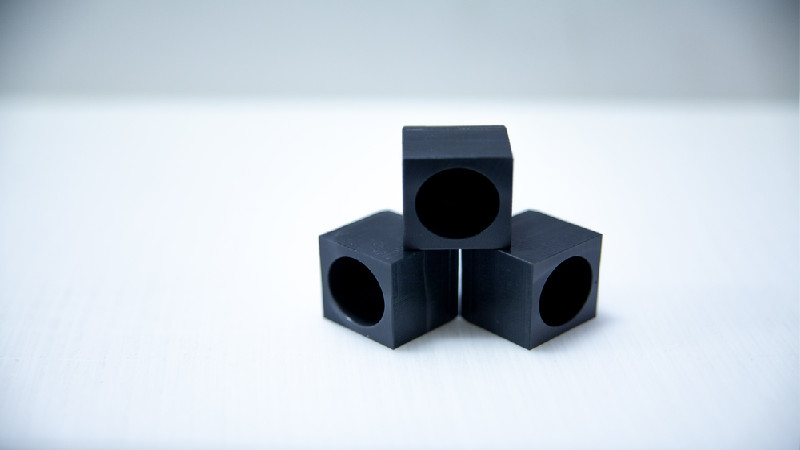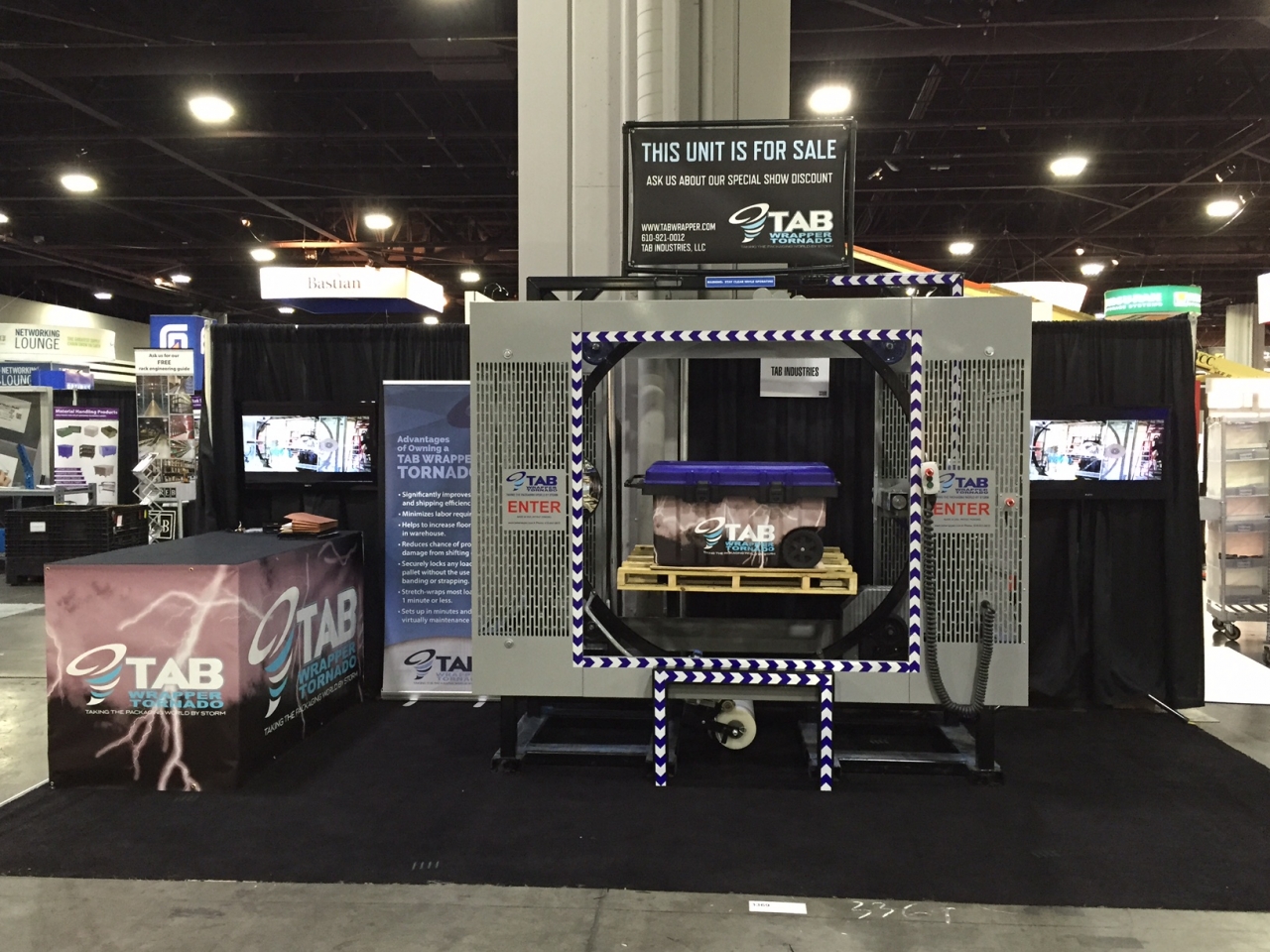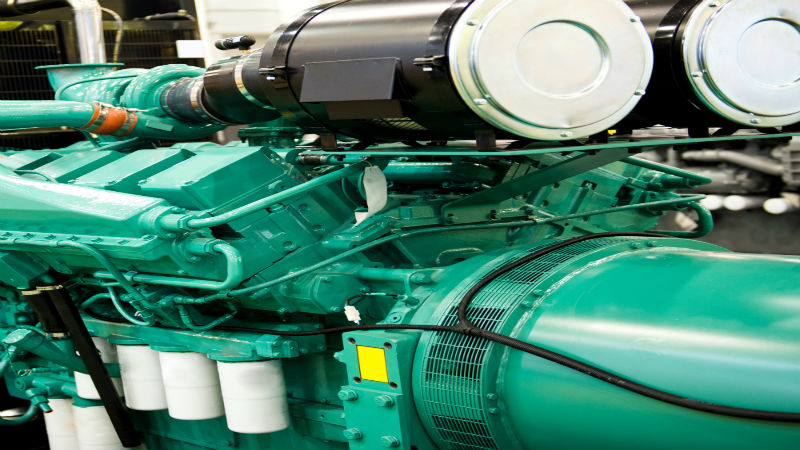Machine shops offer, among many different services, turning operations. This involves the removal of metal or other material from the outer diameter of a workpiece as it rotates. The purpose is to create a circular shape or cylindrical surface with a single point tool. Over the years, while the goal has remained the same, the tools have changed to reflect technological advances.
Three Common Challenges
Every operator faces certain challenges when cutting material. In basic turning operations, three basic challenges emerge. Each has the potential to result in less than ideal results.
One – Surface Finish
This is a major component of producing a quality component. A rough surface is not ideal for most applications. Operators need to employ such things as positive-raked inserts, higher lead angles, and wiper inserts to ensure the surface finish is high quality when they finish the project.
Two – Chatter
It is almost impossible to eliminate chatter once it starts. Whether the cause is incorrect feeds or speeds or the tooling or workpiece lacks rigidity, the best way to stop it is to prevent it from starting in the first place.
Three – Chip Control and Evacuation
When you turn, you cut. This produces chips. When chips occur, an operator has to evacuate/remove them from the cut. In turning operations, chip control is a tedious and ongoing challenge. The continuous turning action causes the chips to turn and not naturally break off. This may call for the use of a chip breaker.
Turning Operations
Whenever cutting is requisite, problems can occur. Producing clean, precise components is not without its challenges. When executing turning operations to perfection, operators are always working to avoid three basic issues: poor surface finish, chatter, and bad chip control. By exerting his or her expertise, combining it with experience and technological knowledge, the operator can emerge from the situation unscathed and with a functional precise, quality component.


